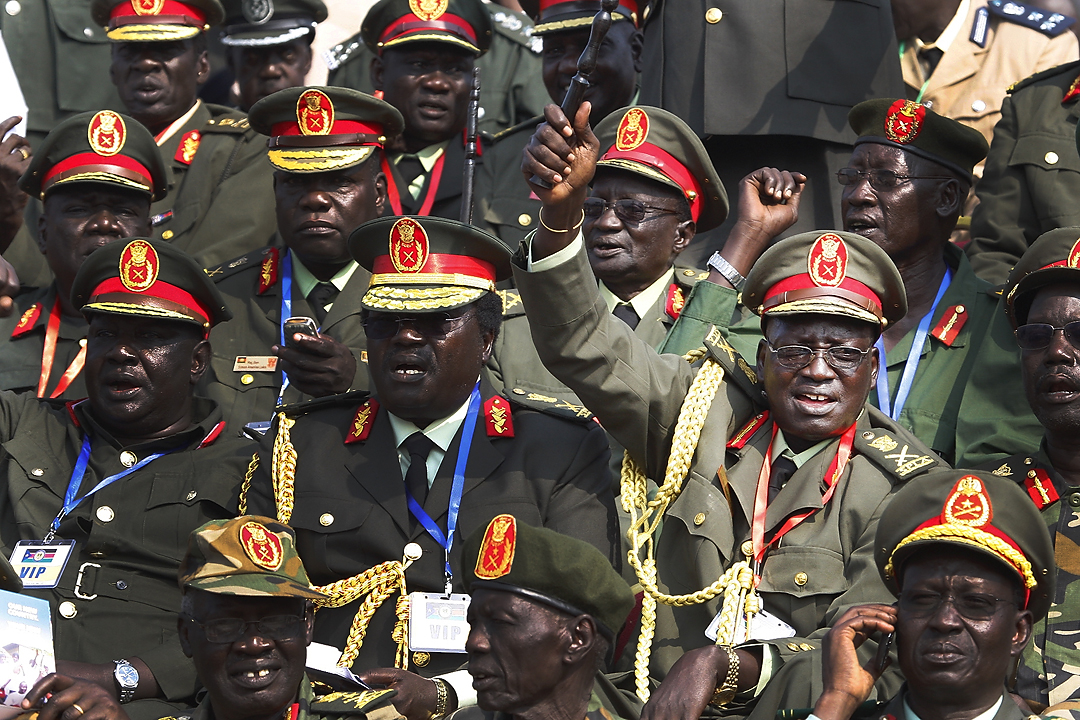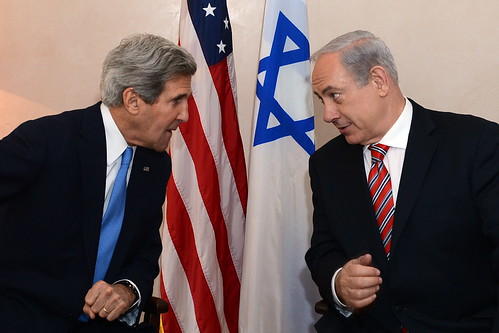
Editor’s note: This article is included in our ‘Conflict Hotspots 2014’ dossier which can be accessed here.
NAIROBI, 16 January 2014 (IRIN) – Since violence first broke out on 15 December, the conflict in South Sudan has left thousands dead and displaced hundreds of thousands more. Representatives of President Salva Kiir and his rival, former vice president Riek Machar, are meeting in Addis Ababa to attempt to negotiate a settlement and a cease-fire. Meanwhile, think tanks, academics and experts have been scrambling to explain the causes of the bitter acrimony and bloodshed that has engulfed the country.
What is the role of the armed forces?
“The current conflict has three main dimensions – a political dispute within the ruling party, the Sudan People’s Liberation Movement (SPLM); a regional and ethnic war; and a crisis within the army itself,” Alex de Waal and Abdul Mohammed wrote in Foreign Affairs.


